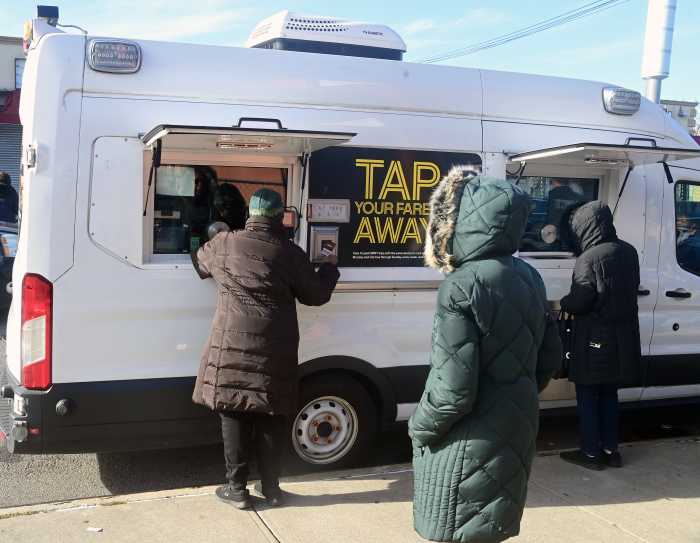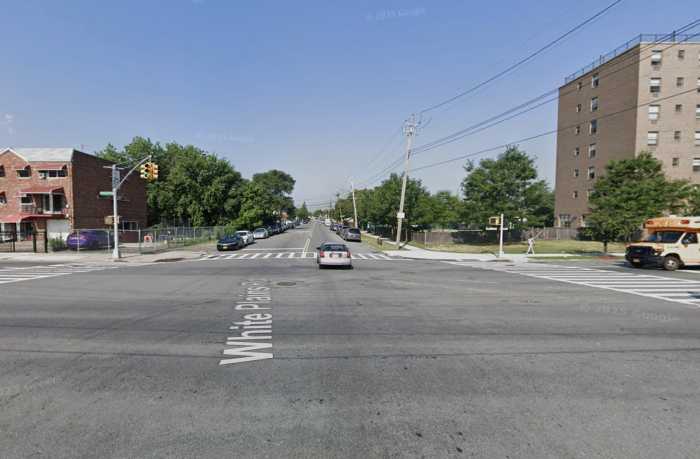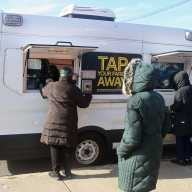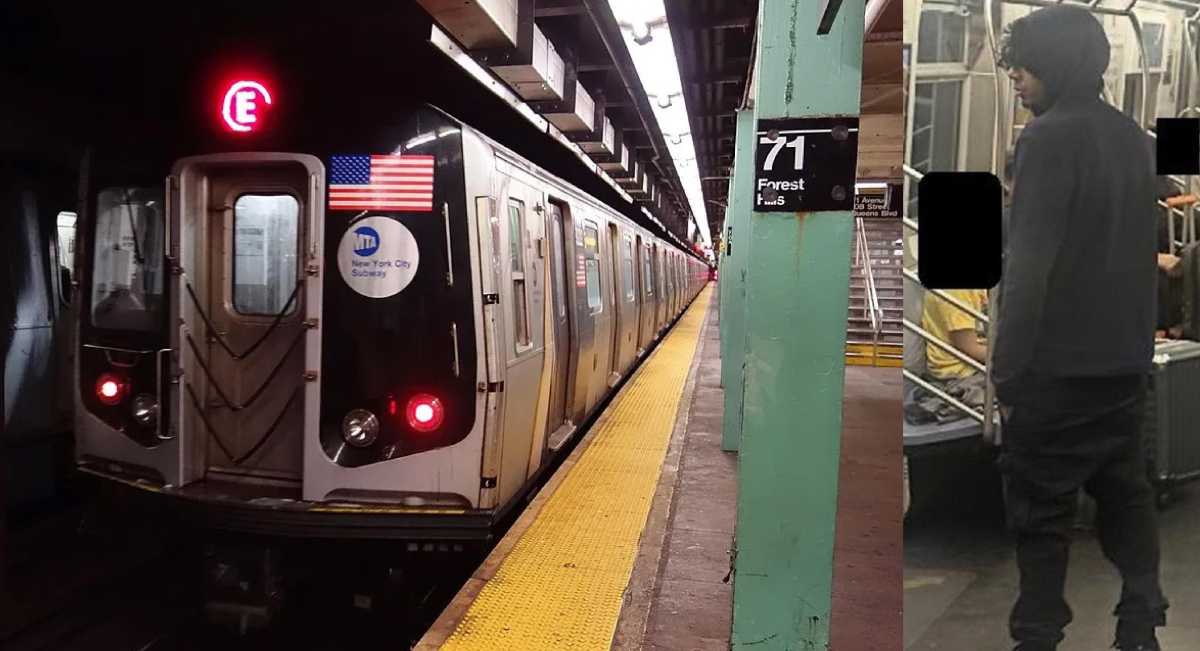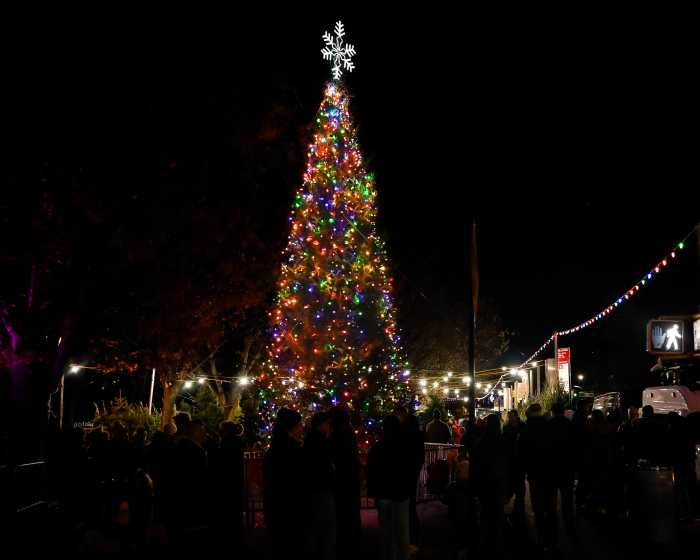
The MTA is changing tile work inside the Times Square subway station that some argue looks very similar to the Confederate flag, though the agency insists the design has a completely different meaning.
The tile work in question, located on the upper part of the wall at the station’s 40th Street entrance, features a mostly blue X bordered by white over a red background.
Although the tile work strongly resembles the Confederate flag, MTA spokesman Kevin Ortiz said the design is a nod to Times Square’s nickname, the “Crossroads of the World.”
“These are not Confederate flags, it is a design based on geometric forms that represent the ‘Crossroads of the World’ and to avoid absolutely any confusion we will modify them to make that absolutely crystal clear,” Ortiz said in an emailed statement.

The decision comes amid local and national outrage over a white supremacist rally held in Charlottesville, Virginia, on Aug. 12, that spurred the removal of several Confederate memorials in New York City and elsewhere.
Mayor Bill de Blasio also announced on Aug. 16 that the city would undergo a 90-day review of “all symbols of hate on city property.” Specifics of the review were not immediately released and requests for comment from the mayor’s office were not returned.
The New York Post first reported in 2015 that the tile mosaic was meant as a tribute to New York Times publisher Adolph S. Ochs, who the Post reported was buried with a Confederate flag.
While Ochs’ mother had been a supporter of the Confederacy during the Civil War, his father had been a “Union man,” despite his connections to the South, and served in an Ohio regiment from 1861 through the end of the war, according to Ochs’ obituary published by The New York Times on April, 9, 1935.




